Pelicans, with their distinctive appearance and graceful flight, have long fascinated both scientists and nature enthusiasts.
While they are primarily known for their remarkable fishing skills, it may come as a surprise to many that pelicans occasionally indulge in rather unexpected behavior: eating other birds.
But why do pelicans eat other birds? This peculiar dietary choice has puzzled researchers for years, prompting them to delve deeper into the reasons behind this behavior. In this article, we will explore the factors that drive pelicans to consume their avian counterparts.
We will shed light on the ecological, evolutionary, and behavioral aspects that contribute to this intriguing phenomenon.
By understanding why pelicans engage in such behavior, we can gain valuable insights into the complex dynamics of predator-prey relationships in the avian world.
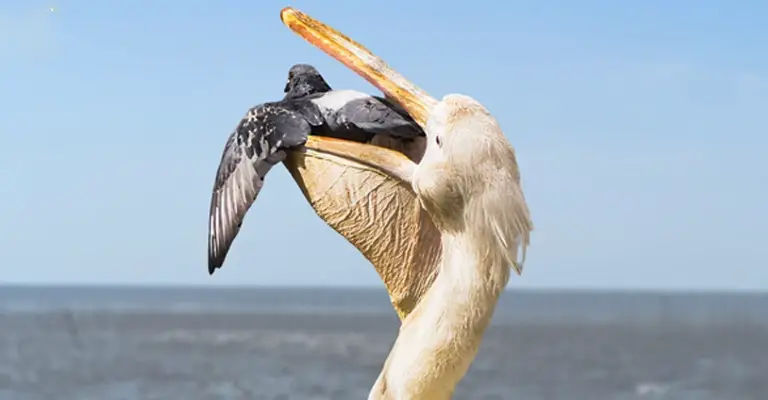
Why Do Pelicans Eat Other Birds?
The reasons behind pelicans eating other birds include ecological, evolutionary, and behavioral factors that contribute to this phenomenon. Here are the details:
Ecological Factors
- Competition for Resources: Limited food availability can drive pelicans to target smaller bird species as an alternative food source.
- Overpopulation Control: By preying on other birds, pelicans help regulate population sizes, preventing overcrowding and resource depletion.
Evolutionary Factors
- Adaptation to Opportunistic Feeding: Pelicans have evolved to be versatile feeders, taking advantage of available prey, including other birds.
- Enhanced Survival and Reproduction: Consuming other birds provides pelicans with a rich source of nutrients, promoting their own survival and reproductive success.
Behavioral Factors
- Predatory Instincts: Pelicans possess innate predatory instincts, honed through generations, which drive them to pursue and consume smaller birds.
- Learning and Social Behavior: Young pelicans learn hunting techniques by observing and imitating adult pelicans, including the consumption of other birds.
Competitive Interactions
- Intraspecific Competition: Pelicans may resort to consuming other birds when faced with intense competition for limited fish resources within their own species.
- Interspecific Competition: Interactions with other bird species, such as territorial disputes or competition for nesting sites, can lead to predation as a means of gaining an advantage.
Opportunistic Feeding
- Scavenging Behavior: Pelicans may opportunistically consume other birds that are injured, sick, or already dead, making use of available food sources.
- Group Hunting Strategies: Cooperative hunting behaviors, where pelicans work together to corral and capture prey, can result in the consumption of other birds caught in the process.
Opportunistic Predation
- Nest Predation: Pelicans may consume other birds, particularly their eggs or nestlings, as a means of acquiring food when their usual prey is scarce or inaccessible.
- Migratory Behavior: During migration, pelicans may encounter exhausted or weakened birds, making them vulnerable to predation.
Territory Defense
- Defense of Nesting Sites: Pelicans fiercely defend their nesting territories from intruding birds. In some cases, this defense may escalate to predation, as they eliminate potential threats to their breeding success.
Dietary Variation
- Nutritional Requirements: Pelicans may consume other birds to supplement their diet with specific nutrients that may be lacking in their primary prey.
- Seasonal Availability: In certain seasons, when their preferred fish prey is less abundant, pelicans may turn to consuming other birds as a temporary food source.
The act of pelicans eating other birds is influenced by a combination of ecological, evolutionary, and behavioral factors. Limited resources, evolutionary adaptations, predatory instincts, and competitive interactions all contribute to this intriguing phenomenon.
Do All Pelicans Eat Other Birds?
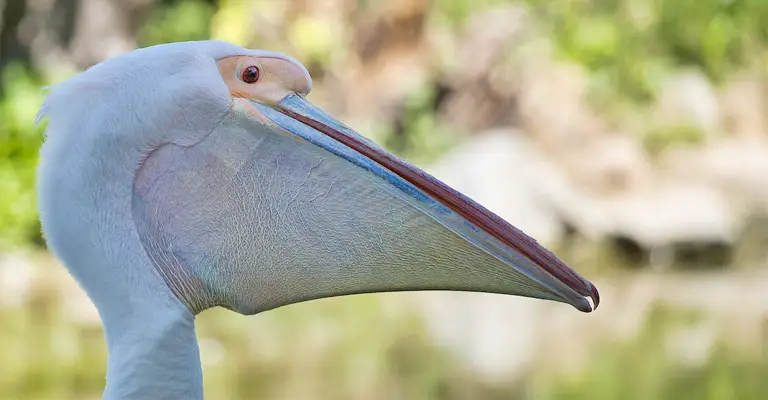
No, not all pelicans eat other birds. In fact, it is not a common behavior among pelicans to consume other birds as a regular part of their diet.
Pelicans are primarily fish-eating birds and have specialized adaptations for catching and consuming fish.
While there have been rare instances where pelicans have been observed consuming smaller birds, it is not representative of their typical feeding habits.
Pelicans are known for their ability to dive into the water and scoop up fish using their expandable throat pouches.
This feeding technique is well-suited for catching fish, which make up the majority of their diet.
Pelicans are opportunistic feeders and may take advantage of available food sources when necessary. In some cases, if a pelican is facing limited food resources or struggling to find its usual prey, it may resort to scavenging or preying on smaller birds.
However, this behavior is not widespread or characteristic of all pelicans. While there have been instances of pelicans consuming other birds, it is not a common or regular behavior among all pelican species.
Pelicans are primarily fish-eating birds and have specialized adaptations for catching and consuming aquatic prey.
What Do Pelicans Eat Besides Other Birds?
Pelicans are known for their unique feeding habits, which primarily involve catching fish by diving into the water.
However, pelicans are not limited to eating other birds. They have a diverse diet that includes various aquatic creatures. Let’s explore some of the different foods that pelicans consume:
Fish

Fish make up the majority of a pelican’s diet. They are skilled hunters and use their large, expandable throat pouches to scoop up fish from the water.
Pelicans can consume a wide range of fish species, including small fish like anchovies and sardines, as well as larger fish like mullet and trout.
Crustaceans
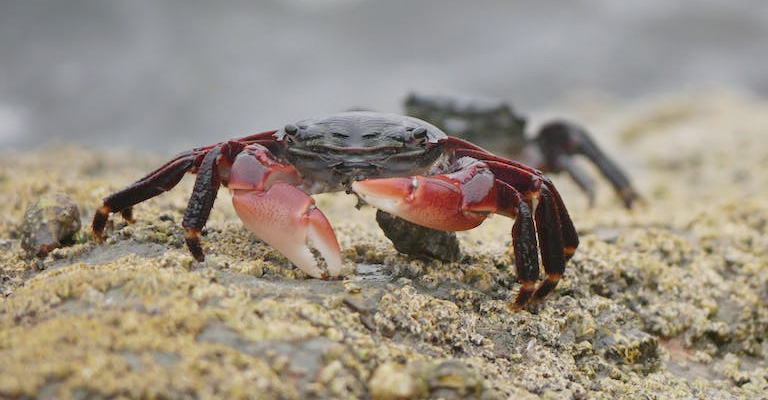
Pelicans also feed on crustaceans, such as crabs and crayfish. These creatures are an excellent source of protein and are often found in coastal areas where pelicans reside. Pelicans use their long bills to snatch crustaceans from the water or from the shoreline.
Amphibians
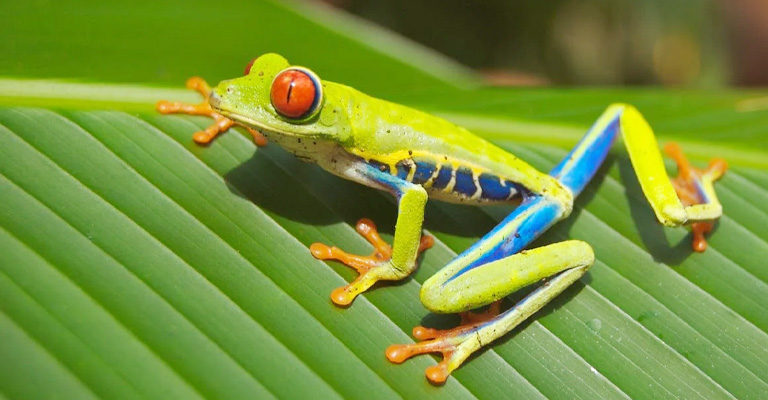
In addition to fish and crustaceans, pelicans occasionally consume amphibians like frogs and tadpoles. They can be found near freshwater bodies where amphibians are abundant.
Pelicans may catch these creatures by dipping their bills into the water or by wading through shallow areas.
Insects
While not a significant part of their diet, pelicans do consume insects when the opportunity arises. They may feed on flying insects like dragonflies or water-dwelling insects like water beetles. Pelicans may skim the water’s surface or dive to catch these small prey items.
Small Mammals
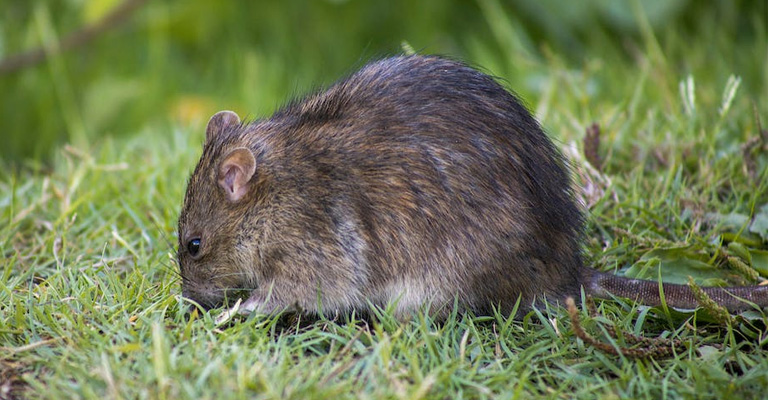
Although less common, pelicans have been observed feeding on small mammals like rodents and small rabbits. This behavior is more likely to occur in areas where pelicans coexist with these mammals, such as marshlands or wetlands.
Reptiles
Pelicans have been known to eat reptiles, including snakes and turtles. They may catch these creatures while they are basking in the sun or swimming near the water’s surface. Pelicans use their sharp bills to grasp and swallow reptiles.
Carrion
While not their primary food source, pelicans are opportunistic feeders and may scavenge on carrion. They may consume dead fish or other animals that are floating in the water or washed up on the shore.
How Do Pelicans Eat and Digest Other Birds?
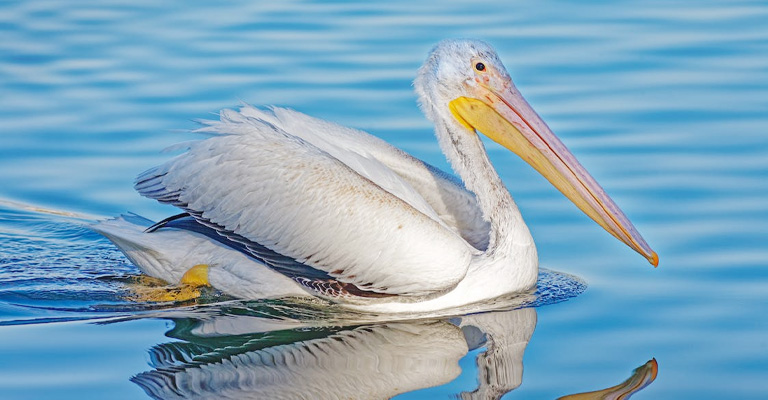
Pelicans are not known for regularly eating and digesting other birds as a part of their natural diet. While there have been rare instances where pelicans have been observed consuming smaller birds, it is not a common behavior.
However, let’s explore the general process of how birds, including pelicans, eat and digest their prey:
Capturing the Prey
When a pelican catches a bird, it typically does so by seizing it with its bill. Pelicans have long, hooked bills that allow them to grasp and hold onto their prey. They may use their size and agility to overpower smaller birds.
Swallowing the Prey
Once the pelican has captured the bird, it will tilt its head back to swallow the prey whole. Pelicans have a specialized throat pouch, known as the gular pouch, which can expand to accommodate large prey items. This pouch allows the pelican to store and transport its catch.
Digestion
The swallowed bird enters the pelican’s digestive system, where the process of digestion begins. In the stomach, the prey is exposed to digestive enzymes and acids that help break it down.
The muscular walls of the stomach contract and churn the contents, aiding in the digestion process.
Nutrient Absorption
After the initial breakdown in the stomach, the partially digested prey moves into the small intestine. Here, nutrients from the prey are absorbed into the bloodstream.
The small intestine is lined with tiny finger-like projections called villi, which increase the surface area for nutrient absorption.
Waste Elimination
Any indigestible parts of the prey, such as feathers, bones, or fur, pass through the small intestine and into the large intestine. The large intestine absorbs water from the waste material and the remaining undigested waste forms feces.
The feces are then eliminated from the pelican’s body through the cloaca, a common opening for excretion and reproduction.
FAQs
Eating other birds may pose certain risks and challenges for pelicans. Larger birds may have sharp beaks or claws that could potentially cause injury to the pelican during the capture or swallowing process.
Cannibalism, or the consumption of members of the same species, is not a common behavior among pelicans. Pelicans are social birds that often live and feed in groups, and cannibalism is generally rare.
Pelicans are generally not aggressive towards other birds. They are social birds that often live and feed in groups, and they tend to coexist peacefully with other bird species.
Pelicans are skilled fish hunters. They use a technique called plunge diving, where they soar above the water and then dive headfirst, using their keen eyesight to spot fish beneath the surface.
As they dive, they extend their long necks and open their expandable throat pouches, scooping up fish along with water.
Pelicans are strong fliers and are capable of carrying their catch while in flight. However, carrying large or heavy fish can be challenging, so pelicans often adjust their flight posture to make it easier to transport their prey.
Final Thoughts
The act of pelicans eating other birds is a fascinating aspect of their predatory nature. While they are primarily known for their fishing prowess, their occasional consumption of fellow avians adds another layer of complexity to their dietary habits.
Through extensive research and observation, scientists have begun to unravel the reasons behind this behavior, exploring ecological, evolutionary, and behavioral factors that contribute to this phenomenon.
By studying the dynamics of predator-prey relationships in the avian world, we can gain a deeper understanding of the intricate balance of nature.
As we continue to delve into the mysteries of the natural world, the peculiar dietary choices of pelicans serve as a reminder of the diverse and intricate web of life that surrounds us.